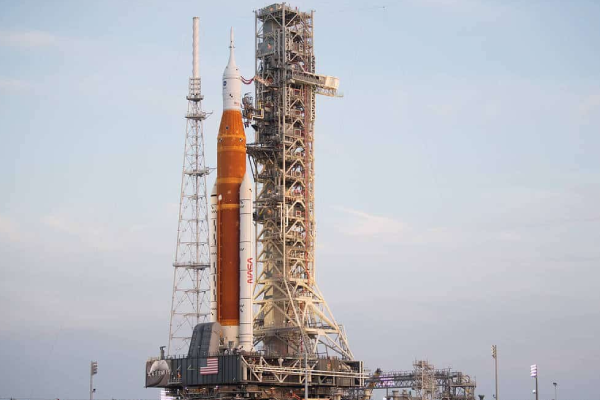The US space agency NASA is preparing to launch its massive Artemis 1 rocket on August 29, 2022, for its maiden flight to the moon.
Artemis 1, the first in a series of rockets that will launch to the moon on August 29, will not carry a crew, but subsequent missions to the Moon will.
Over the course of about six weeks, the mission will demonstrate the performance of the SLS rocket and test the capabilities of the Orion spacecraft as it travels about 40,000 miles beyond the Moon and back to Earth.
The space agency chose to launch the rocket two days earlier than expected. The team completed flight termination system testing, the last major activity required before the rocket was closed out and the final access platforms at the VAB were withdrawn, according to the agency’s Artemis blog.
Artemis 2, which is scheduled to depart Earth in 2024, after the initial unmanned craft returns, will have a human crew but they won’t be stepping foot on the natural satellite.
That honour is being saved for the crew of Artemis 3, who in 2025 could be the first people to walk on the moon in around 50 years.
It’s also scheduled to see the first woman and first person of colour to the Moon.
The Artemis programme is expected to cost around £22 billion and it is hoped that it will lead to the construction of a long-term human base on the moon.
Nasa has plans for the crew of Artemis 3 to land on the Moon’s South Pole – a region that has yet to be visited by humans.
Experts have planned the expedition in the hopes of studying the surface, including sampling water deposits.





